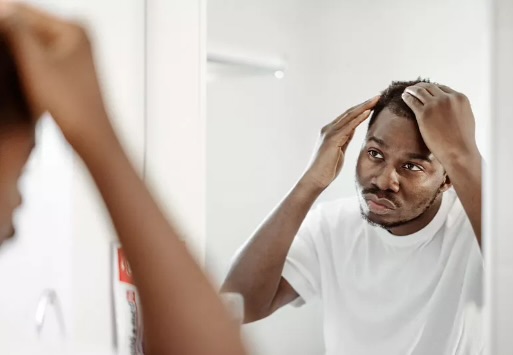For Black men experiencing hair loss, the journey toward hair restoration is layered with unique considerations—from curl patterns and scalp sensitivity to cultural identity and aesthetic preferences.
Two of the most talked-about solutions today are hair transplants and scalp micropigmentation (SMP). But which is the better fit? Here’s a breakdown to help you decide.
Understanding the difference between the two options
A hair transplant involves surgically moving hair follicles from one part of the scalp (usually the back or sides) to thinning or balding areas. It offers real hair growth over time, which can look incredibly natural—especially when performed by a surgeon experienced with Afro-textured hair.
On the other hand, scalp micropigmentation is a non-surgical procedure that uses tiny ink impressions to mimic the appearance of closely-shaved hair. While it doesn’t grow hair, SMP can create the illusion of a full, clean buzz cut and offers instant results.
Why hair texture and scalp type matter
Black men often have tightly coiled hair and thicker scalp tissue, which can impact the outcome of a hair transplant. Not every clinic is equipped to handle the specific needs of Afro-textured hair, so it’s crucial to choose a surgeon with experience in this area.
Micropigmentation, while more accessible, also requires a technician who understands Black skin tones and how pigment heals and settles over time. An inexperienced provider may choose incorrect tones or create dots that look unnatural.
Consider your lifestyle and goals
If you’re looking for a permanent solution with natural growth and don’t mind a longer recovery period, a transplant may be right for you. It’s a long-term investment and ideal for those who want to wear longer styles again.
If you’re comfortable with the buzzed look and want quick, low-maintenance results, SMP may be the smarter move. It’s especially popular among men who are fully bald or want to mask scarring from previous transplants.
Cost, maintenance, and results
Hair transplants can cost significantly more upfront but require less ongoing touch-up compared to SMP. SMP typically needs refreshing every 3–5 years to maintain its appearance.
Ultimately, the “right” fix depends on your personal style, hair loss stage, and budget. Consulting a specialist who understands your hair type and goals is key to making the most informed choice.





